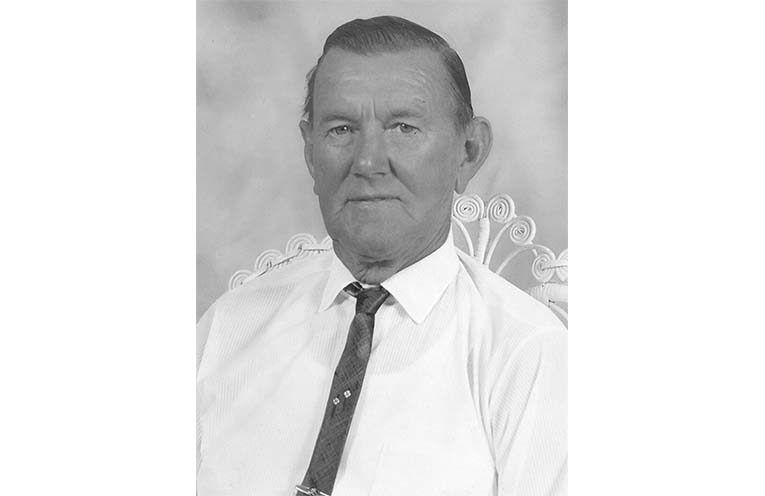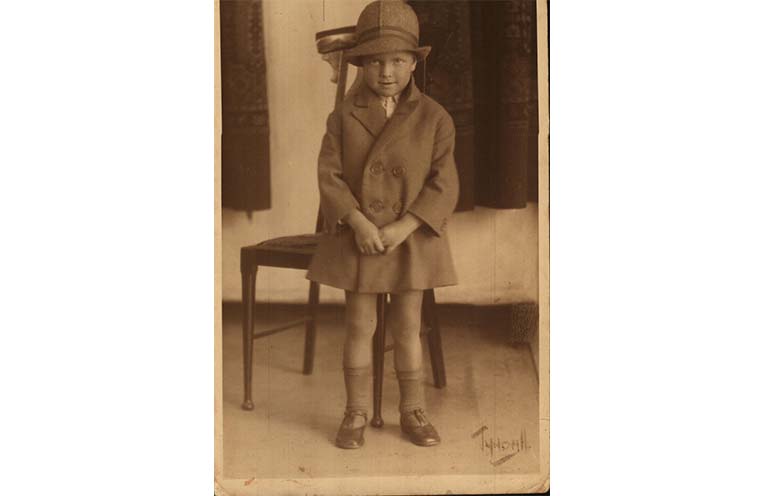
THERE is a small freshwater creek that flows down through the dunes before meandering along the sand and finally pouring into the sea in the southern corner of Fingal Beach.
For as long as anyone can recall the creek has continued to flow, sometimes gushing after heavy rainfall, other times only a trickle during periods of drought.
Never has it been known to stop.
Filtered by the sand, the water has remained crystal clear, and was a reason why.
In February 1930, Jack Barry and his wife Phil, together with their eighteen-month-old son Ken, chose to forgo their life in Newcastle to build a corrugated iron and timber shack, to call home, under the tea trees adjacent to the creek.
A rugged sandy track from Nelson Bay and a feeling of isolation, together with no facilities, did not make Fingal attractive to others.
However, to the Barrys, Fingal was paradise.
Looking from the door of their shack the family could see, hear and smell the rolling surf.
A short distance to the south a protected cobblestoned foreshore nestled in the corner of the beach, while to the north a thin finger of sand reached out from the main beach to touch the most imposing landform, an island.
Was it really an island?
On occasions the sea would wash away the sandy spit making the crossing very dangerous and sometimes impossible.
Then the sea would settle and the sand spit would rebuild so high that it was possible to cross without getting your feet wet.
“Narrowgut Island, Fingal Island, the Outerlight, Point Stephens or just the Island. It was all the same to us,” Ken smiled.
The family lived happily in the shack for ten years until 1940 when they accepted a leasehold property and moved to higher ground on the old sand dunes that was to be the first settlement in the hamlet of Fingal Bay.
Here they were joined by other early residents – Tom Salt, Fred Burt, Ernie Sheppard and his wife Edith and the Horton family who had a small vegetable garden.
The Barry family was the first to accept the offer of leasehold land in Fingal, made by the Government in an effort to expand and open up new areas and I would suggest, to rid the little settlement of the growing numbers of squatters.
After fishing for the first ten years father Jack claimed three acres of land to run close to 5,000 free range chooks.
This he did for the next sixteen years.
The property was purchased as a freehold land in 1958 when Fingal Bay was subdivided for development.
The family was virtually forced to buy the land as their lease was terminated and so it was that the Barrys became permanent residents of the little coastal town.
Ken purchased his block for the cost of £248 while his dad Jack paid £300.
By John ‘Stinker’ CLARKE

